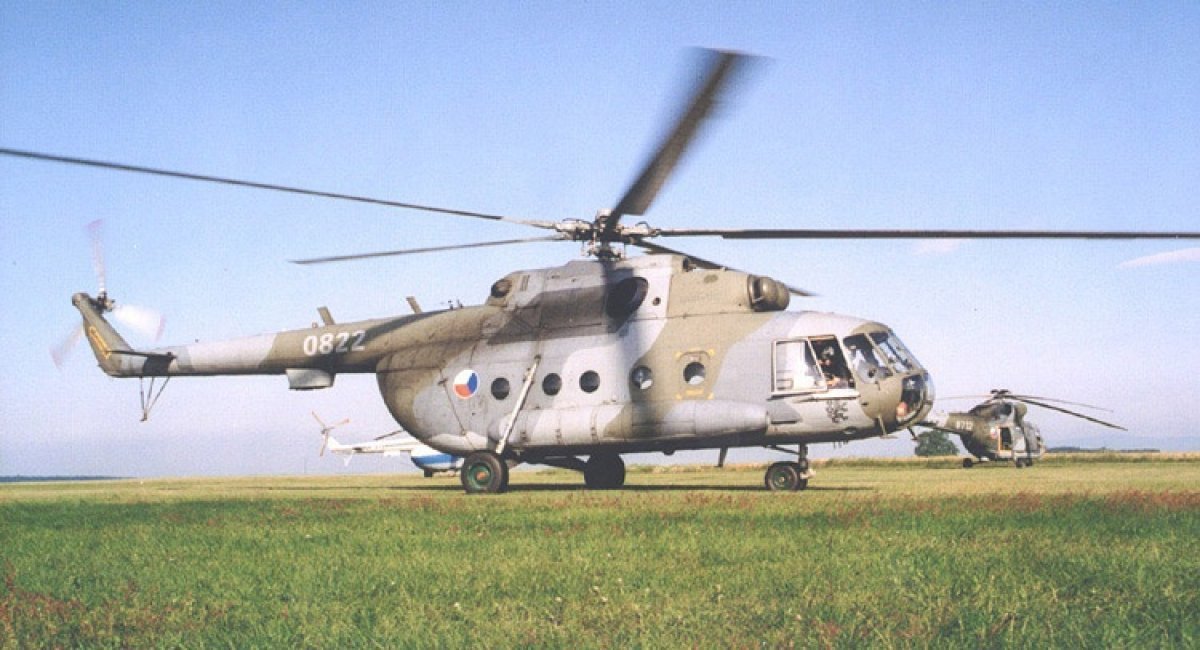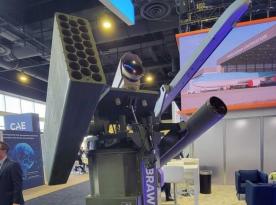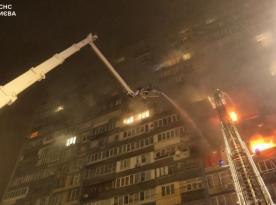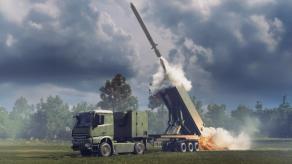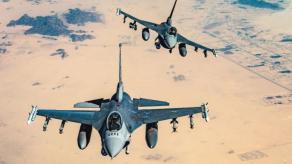The Czech Republic, which transferred Mi-24V helicopters to Ukraine as part of its defense aid, represents a notable example. These helicopters have been actively used on the frontlines, for example, by Ukraine’s 11th Army Aviation Brigade Kherson, to stop russian assault waves and even shoot down Shahed drones.
Despite this, the Czech military still fields a mixed fleet that includes up to 15 Mi-171Sh, five Mi-17s, and several Mi-8s, alongside modern AH-1Z Viper, UH-1Y Venom, and Polish-made W-3 Sokół helicopters. However, according to Army Technology, Prague plans to retire its remaining Mi-8s this year, accelerating the shift to Western platforms.
Read more: Rare Mi-24VP Helicopter Spotted in Service with the Armed Forces of Ukraine (Photo)
This is part of a broader regional pattern. Slovakia ditched Soviet helicopters for Black Hawks after a brief detour with the Viper; Lithuania ordered UH-60s back in 2020; Poland plans to use its Black Hawks as air-mobile IFVs for airborne troops; and Croatia has also joined the transition.
To support this growing fleet, the Helicopter Alliance was formed in 2023 a holding company uniting six firms in the U.S., Czech Republic, and Slovakia. In 2025, one of its leading entities signed a deal with Sikorsky to establish an authorized Black Hawk maintenance and overhaul hub in Europe. The group also plans to acquire and modernize 40–60 UH-60s from U.S. Army surplus stocks for European customers.
Earlier, Defense Express reported that Lockheed Martin announced the UH-60 Black Hawk would remain in service until 2070 and confirmed plans to increase production.
Read more: More Details About Ukrainian Black Hawk: Hours for Pilot Training, Combat Missions and Suggestive Livery (Video)




